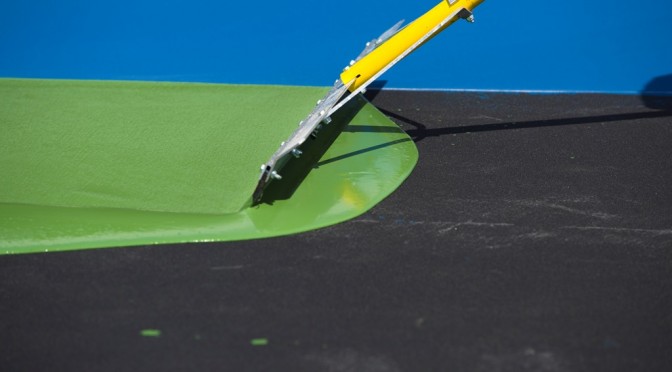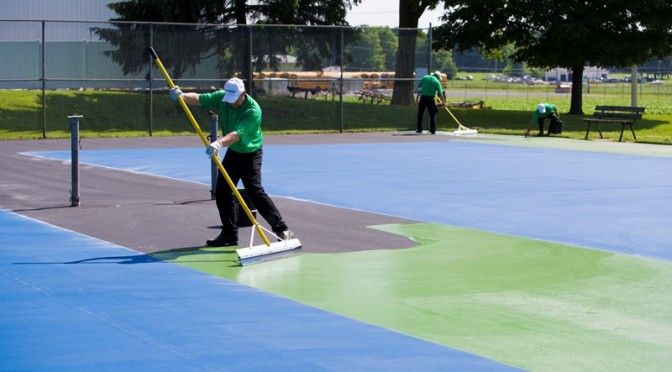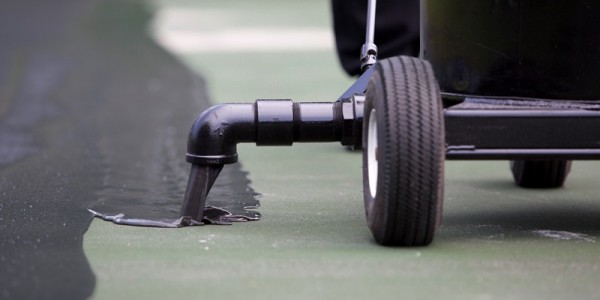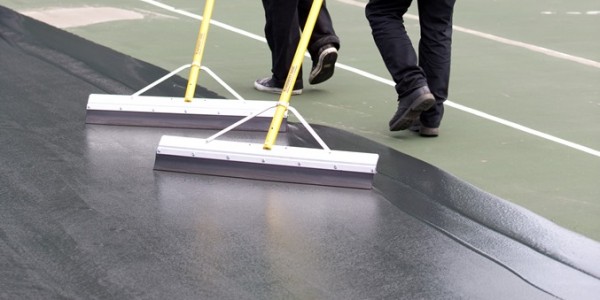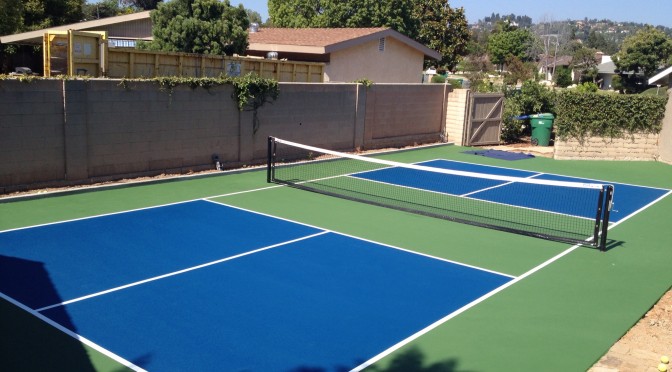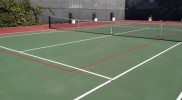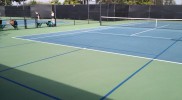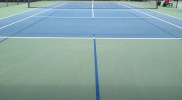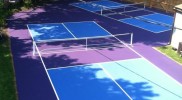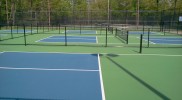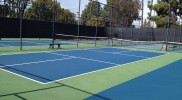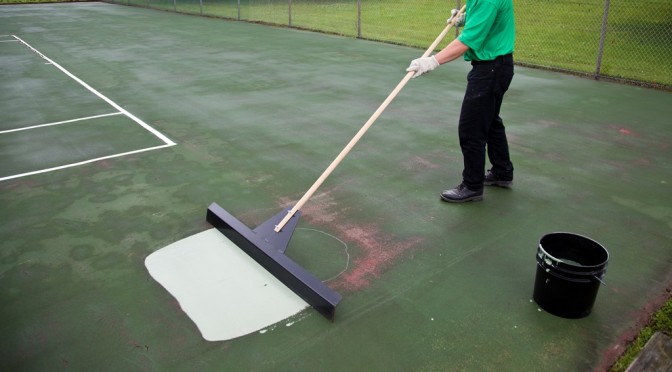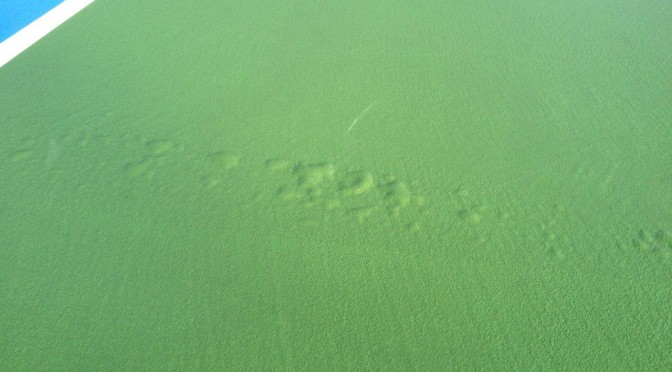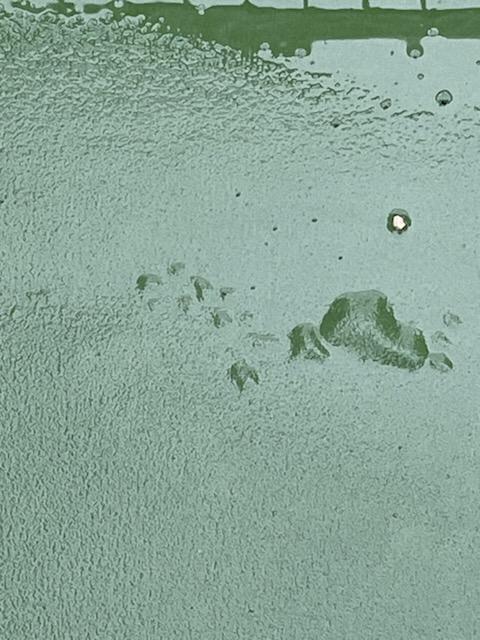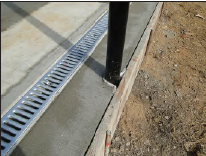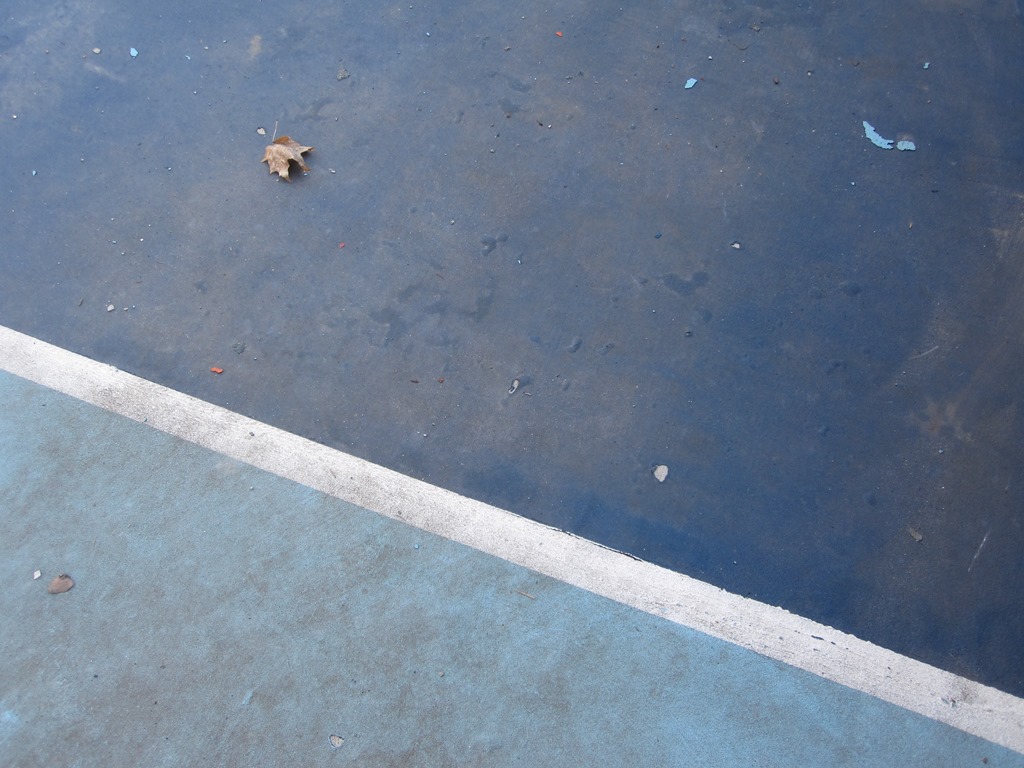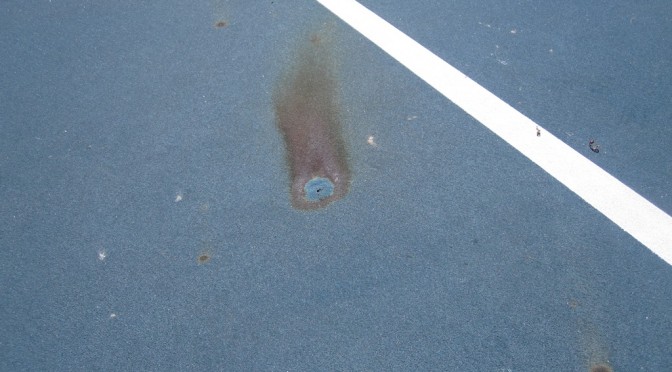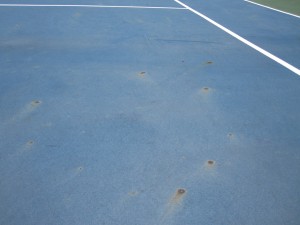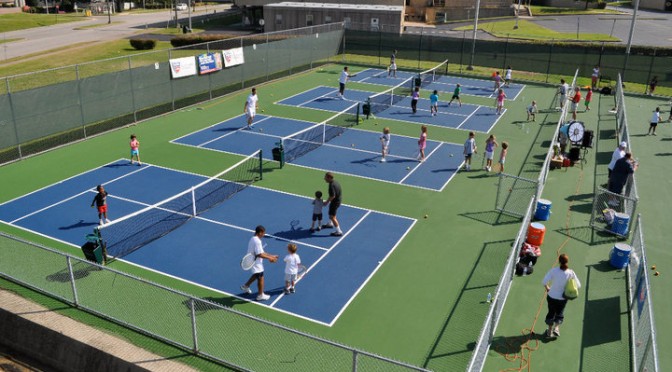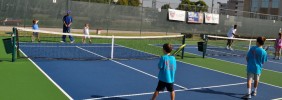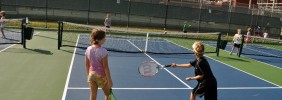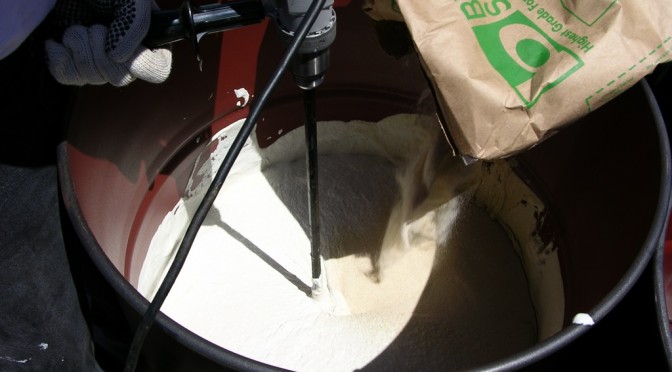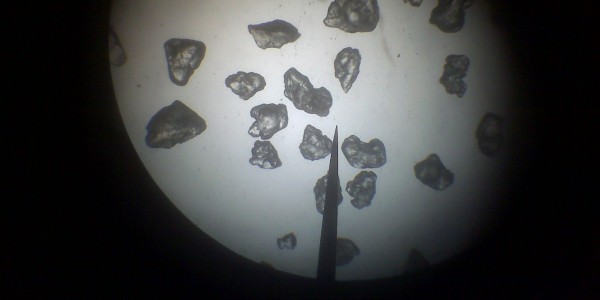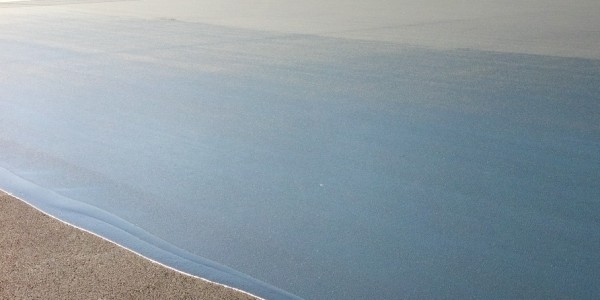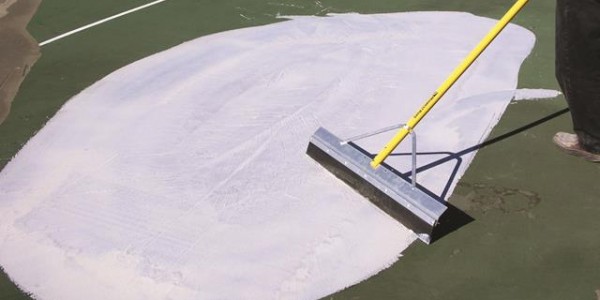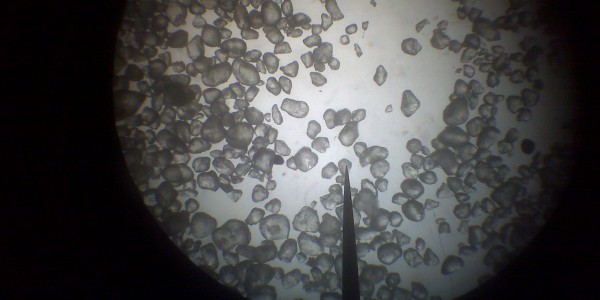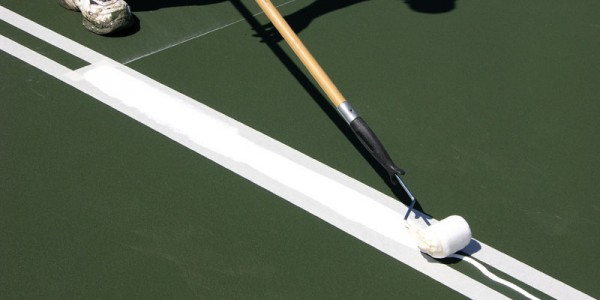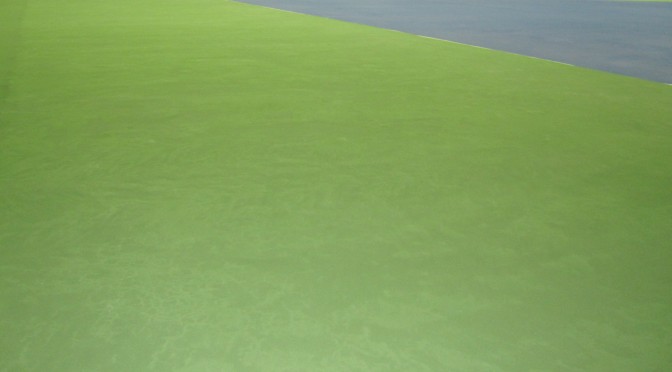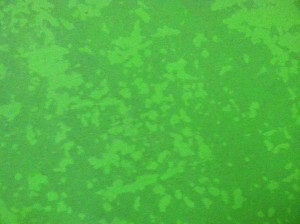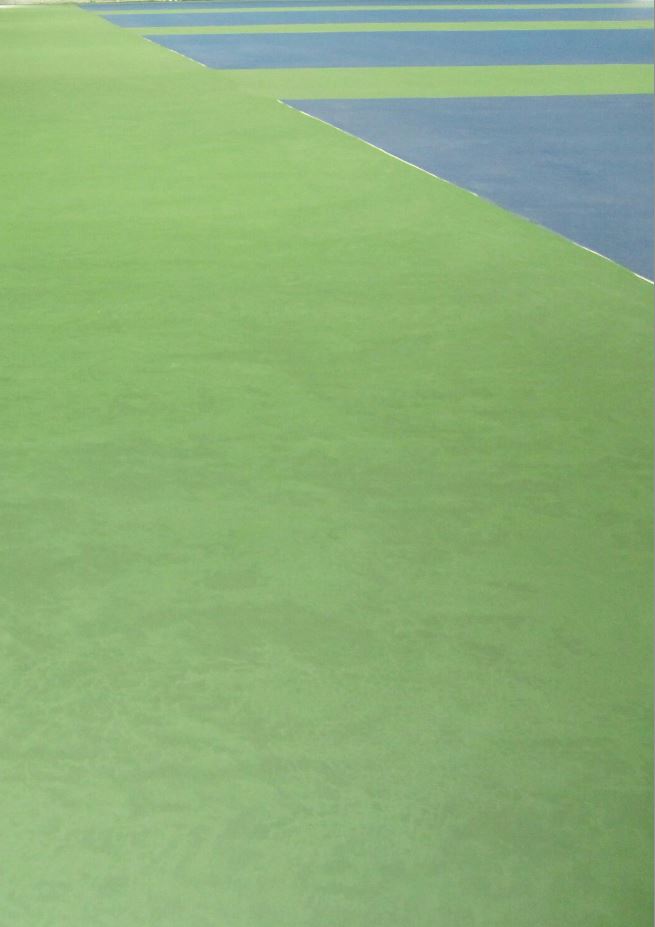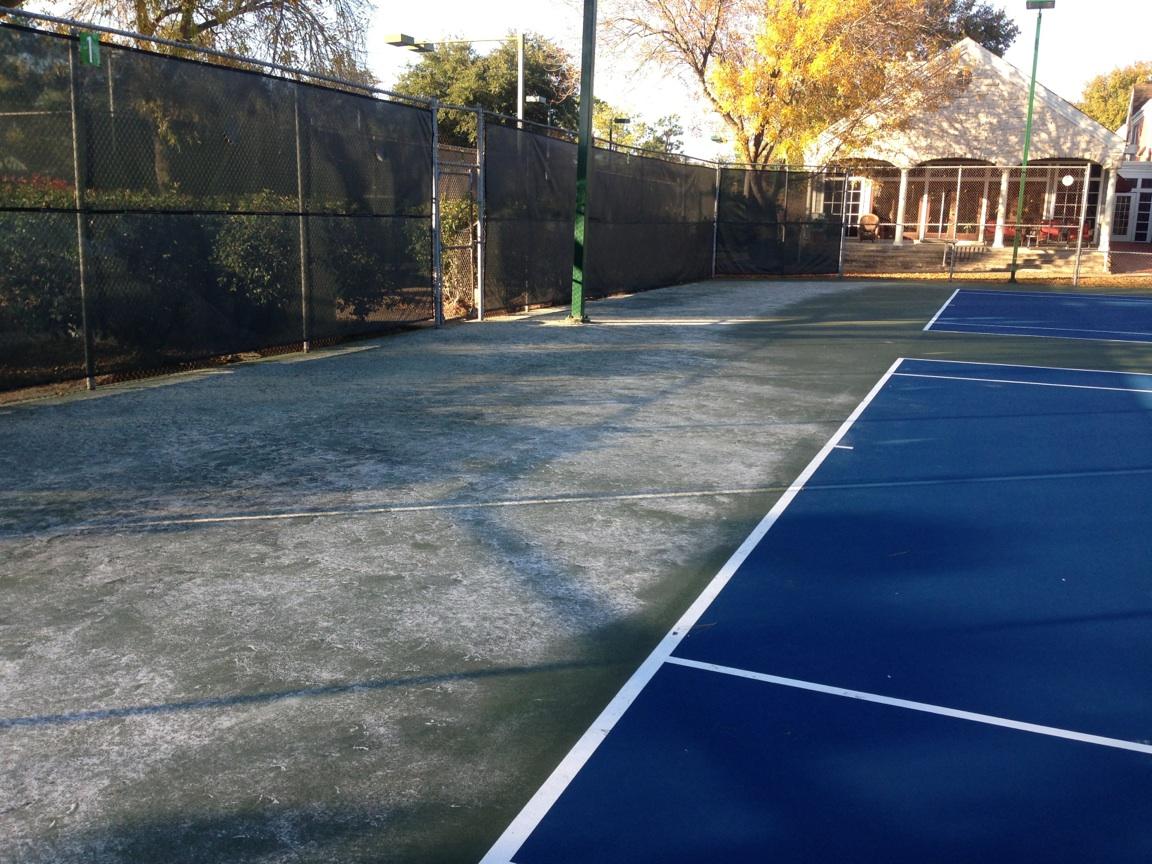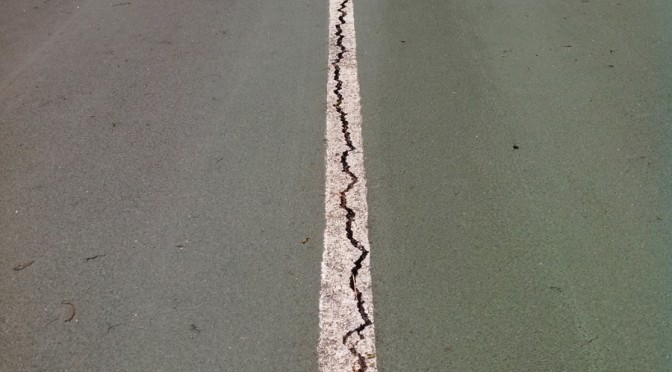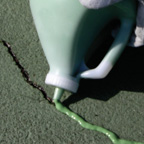If you ask any professional house painter they will tell you, “In hard times, everyone is a painter.” But if you have ever hired a professional house painter, you will see that they make the job look much easier and better in much less time than the average home owner. Hiring a professional tennis court painter, or sport surfacing contractor, is the smartest move you will ever make!
Just because it looks like paint and kind of smells like paint, doesn’t mean you apply it the same way. Tennis court coatings are heavy-bodied and fortified with specialty sand and aggregate. So, how do you paint a tennis court? The only good way to apply these coatings is with a specialized tennis court application squeegee. Using a paint roller on a hot day, in the full sun, on coatings that hold up to 15 pounds of sand per gallon can make a real mess. Plus, if you’ve never applied coatings with a squeegee, you are in for a not-so-good surprise. Especially, if you are attempting to paint a two-color court. Experienced tennis court resurfacing contractors may paint anywhere from 50 to 400 tennis courts in a season. They have plenty of practice and have the skills to squeegee two different colors that are only separated by a 2″ line, without going over into the other color area. Not to mention, multiple coats within the same day.
Over the years, many do-it-yourselfers have attempted to paint their own courts with a variety of results. The vast majority will never do it again and even needed to hire a professional surfacing company to fix their attempt. Here is just a short list of reasons why it is cheaper and easier to have an experienced tennis court contractor paint or resurface your tennis, basketball, or sports court:
- Tennis court contractors buy concentrated coatings in large volumes and have better pricing on materials than DIY.
- Sport contractors have all of the necessary tools and experience to do the job right and quickly.
- Court contractors also have a specialized line taping machine for layout of straight and curved lines, prior to striping.
- Most sport contractors have a variety of methods and systems for crack repair, including installation of patented membrane repair systems which require factory training.
- Construction alternatives: If standard acrylic repair materials cannot address the repairs, tennis court construction companies can offer more permanent repair or reconstruction.
If it is time to paint or resurface your tennis, basketball, or pickleball court and you are looking for a qualified sport surfacing contractor, contact us. We can put you in touch with experienced installers that can provide free estimates on a professional and affordable court repair, resurfacing, or construction project.

